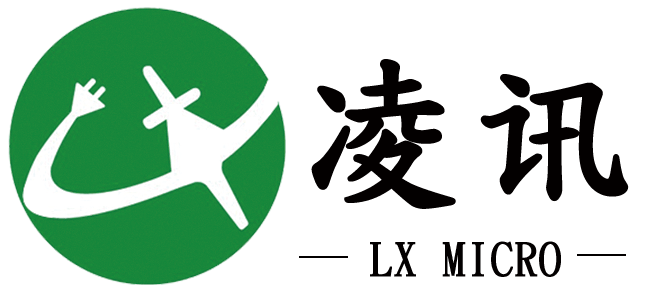How should the semiconductor product category be distinguished?
According to the international standard of semiconductor products, semiconductors can be divided into four categories: integrated circuits, discrete devices, sensors and optoelectronic devices, these four categories can be collectively referred to as semiconductor components.

1. Sort by processing signal
Chips that process analog signals are called analog chips, and chips that process digital signals are called digital chips. What about analog and digital signals? A signal is a physical representation of a message, such as temperature, pressure, flow, and natural sounds in industrial control. Because electrical signals are easy to transmit, process and control, people often convert non-electrical physical quantities into electrical signals through various sensors to achieve extraction, transmission, exchange, storage and other purposes. The signal forms are various, for example: according to whether the signal is random into deterministic signal and random signal, according to whether the signal is periodic signal and non-periodic signal, according to the value of time is divided into continuous time signal and discrete time signal and so on.
2. Classified by manufacturing process
This classification is probably our most common, such as often heard of 14nm chips, 7nm chips are classified according to the manufacturing process. (in this case, 7nm and 14nm are the minimum line width/gate width of the transistor gate inside the chip.) In general, the more advanced the process, the higher the chip performance, but also the higher the cost of manufacturing advanced chips. The market research organization pointed out that normally, a 28-NM chip design and development investment of about 100-200 million yuan, 14-nm chip about 200-300 million yuan, r & D cycle about 1-2 years. Now the development of process has approached the limit, from the balance of cost and performance, process is not the more advanced the better, but choose the right better. Different types of chips in the process of optimal choice will be different, such as digital chips to advanced process requirements, but not necessarily analog chips.
3.Classification according to functional use
This classification should be the most complex, but also the most commonly used, classification of semiconductor components.
4. Computing capability
This kind of chip is mainly used for computing and analysis, and the human brain similar, divided into main control chip and auxiliary chip. There are CPU/SOC/FPGA/MCU in the main control chip, GPU in charge of graphics and image processing and AI in the auxiliary chip.
5.Data storage
Dram, SDRAM, ROM, NAND, etc. are used primarily for data storage.
6. Perception
Mainly for sensors, such as MEMS, fingerprint chip, CIS, etc. , mainly by looking at the outside world.
7. Transmission function
Bluetooth, wifi, NB-IOT, broadband, USB interface, Ethernet interface, HDMI interface, driver control, for data transmission.
8.Energy supply function
Power Chip, DC-AC, LDO, etc. , for energy supply.
9. Sort by design
Classified by design, semiconductor design today has two main camps: FPGA and ASIC. Among them FPGA development first, is still the mainstream application at present. In short, FPGA is a general-purpose programmable logic chip, can be DIY programming to achieve a variety of digital circuits; ASIC is the above-mentioned special-purpose digital chip, the design of digital circuits, streaming chips produce chips that can not be changed. The former is characterized by reconfigurable chip function definition and strong flexibility, while the latter is specialized and is usually customized for a specific application.

Both chips are coming with semiconductor technology and Internet of things applications, and their performance is improving from a few tens of nanometers to the current seven-nanometer process. Application direction difference is obvious gradually: FPGA in the market speed, one-time test cost, configuration performance is outstanding, while ASIC in computing performance, production cost is much better than FPGA. However, because ASIC is a fixed circuit, if the design is updated, a new generation of chips will have to be redesigned, die, processing. Each has its advantages.


